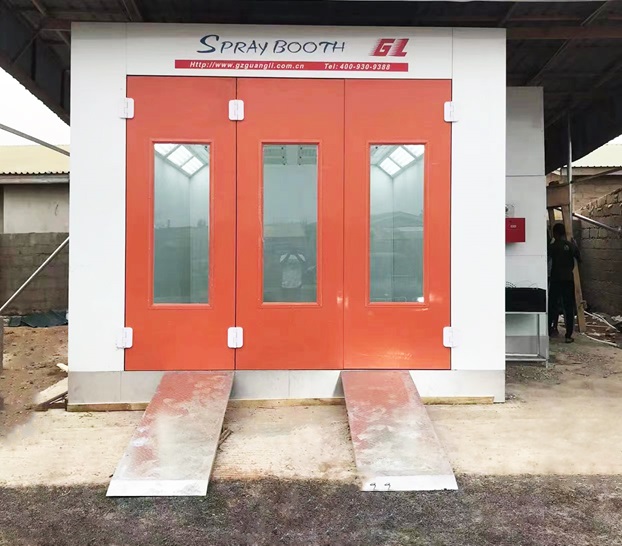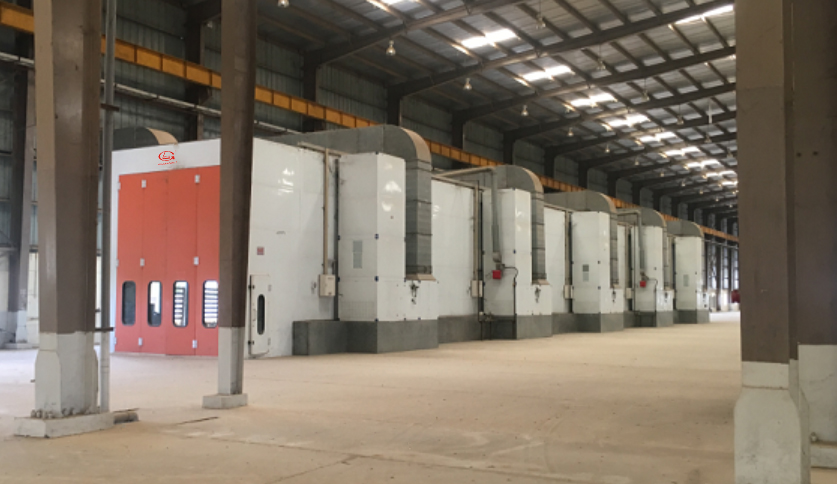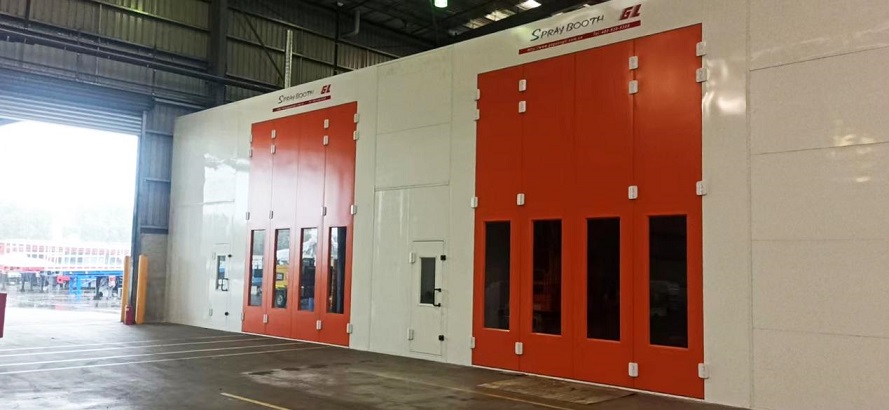At Guangli, we offer the latest in auto body and industrial painting technology in China, with our models of downdraft paint booths from top brands known for their efficiency and cost-effectiveness.

Discover all their advantages:
Equipment with maximum productivity.
Designs with energy-saving systems.
Models with spaces for large vehicles, including machinery, trains, and aircraft.
High air volume.
Ideal for specific paints used in industrial processes.
Models with Inverter technology.
High-efficiency lighting.
Recirculation during the baking phase.

Thanks for considering our spray booth solutions. If you have any questions or need further assistance, please do not hesitate to reach out to us. We are more than happy to provide any additional information you might need.
Contact us for consulting, 008613925061383, email to us sunnie@gzguangli.com.cn, blower our website: https://www.gzguangli.com/













